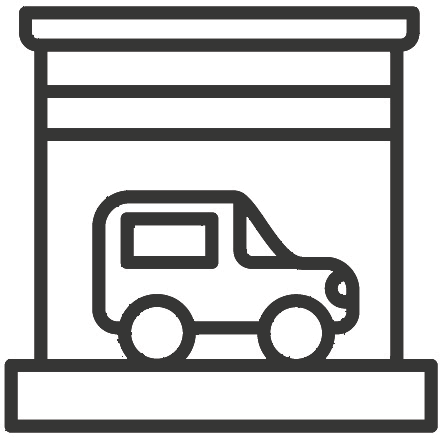Key Functions of Packaging
Most products are supplied in either one, two, or even three layers of packaging (primary, secondary, and tertiary packaging), all of which serve each of the following three functions.

Most products are supplied in either one, two, or even three layers of packaging (primary, secondary, and tertiary packaging), all of which serve each of the following three functions.
The term ‘primary packaging’ refers to the packaging that is closest to the final product, this is often known as retail packaging, as it is designed with the purpose of being on a store shelf and customer facing. The main functions of this packaging is often providing full product information, and this is often designed with product promotion in mind. This packaging is then typically shipped and transported (usually into stores) in secondary packaging which helps to protect the retail product both during transit to its final destination, and in storage. This packaging also tend to be branded with limited information for identification purposed. Tertiary packaging is most typically used in warehousing with the aim to protect shipments during the transit process. This packaging is very rarely seen by consumers, perhaps except for wholesale stores. Whilst each layer of packaging serves some functions more than others, they each have the same 3 key aspects;

Protection and Security
Whether goods are being transported from producer to seller, seller to consumer, or consumer to final use, it is important that the product is kept safe and protected. Typically, the main aspects of this are handled by secondary and tertiary packaging, as these usually use much stronger boxes or pallets which are designed to protect the goods from physical, chemical, and natural damage. Physical damage is one of the most common forms of damage, referring to the general shock, impact, and mishandling along the transport journey. The second most often damage that a product is likely to incur would be natural damage such as water, light, or even temperature affecting the integrity of the final product. Finally, especially for more delicate items, it is important for them to be protect from potential chemical damage, this also includes protecting the external environment in the case of transporting hazardous materials.
To an extent, primary packaging is also designed with the protection and security of the goods in mind, particularly in the case of ‘tamper proof’ packaging (such as for medications, electronics, and some food items). The difference between the protection and security levels of primary packaging versus secondary and tertiary packaging however is that this isn’t the primary function, and most protective measures are built into the product design.

Transport and Storage
Much like with the protection of goods, secondary and tertiary packaging are also key to the effective transport and storage of goods. Whereas primary packaging may appear in different shapes and sizes, secondary and tertiary packaging tends to be based on standard boxes in order to make products easier to load and stack for transit and storage. In the case of tertiary packaging, this is typically designed to be significantly larger, such as pallets of shipments, in order to transport goods through the supply chain, whereas secondary packaging tends to be designed for the products journey from warehouse to store shelf. In some cases, such as online ordering, this secondary packaging may be designed to be slightly more durable in order to be sent directly from manufacturer or supplier to customer.
It is also important for the packaging to be designed with storage in mind as part of the product’s transport journey. Weaker boxes and packages are much more difficult to be stacked for warehousing, and could also leave the product susceptible to additional damage from the elements particularly temporary fluctuations. This is also important in the case of unit consolidation, as it is much easier to store and transport items which are being shipped together in an exterior box as opposed to being balanced in singular units.

Information and Promotion
The way in which the goods tend to be presented to the customer is typically through the primary packaging, so it is important that this is used to convey all of the important product information that the customer may need, alongside the opportunity for both direct and indirect marketing. Primary packaging has a very high marketing value, as it is the first impression that a customer has of an on-the-shelf product, providing point of sale engagement alongside the possibilities for further on-the-box promotions. Primary packaging is typically the area in which a company will be able to best put across their brand identity to increase customer recognition and loyalty.
For ecommerce orders (and for some instore goods), the secondary packaging of a product is also important in the performance of this function, as this is typically the packaging that a customer will first receive their goods in. It is therefore important to give a good first impression upon receipt, especially with the growing popularity of online unboxing content. Many of our customers have opted to do this using coloured postal boxes, or by branding their boxes and tape to showcase their brand first and foremost in their shipments and mailings.


